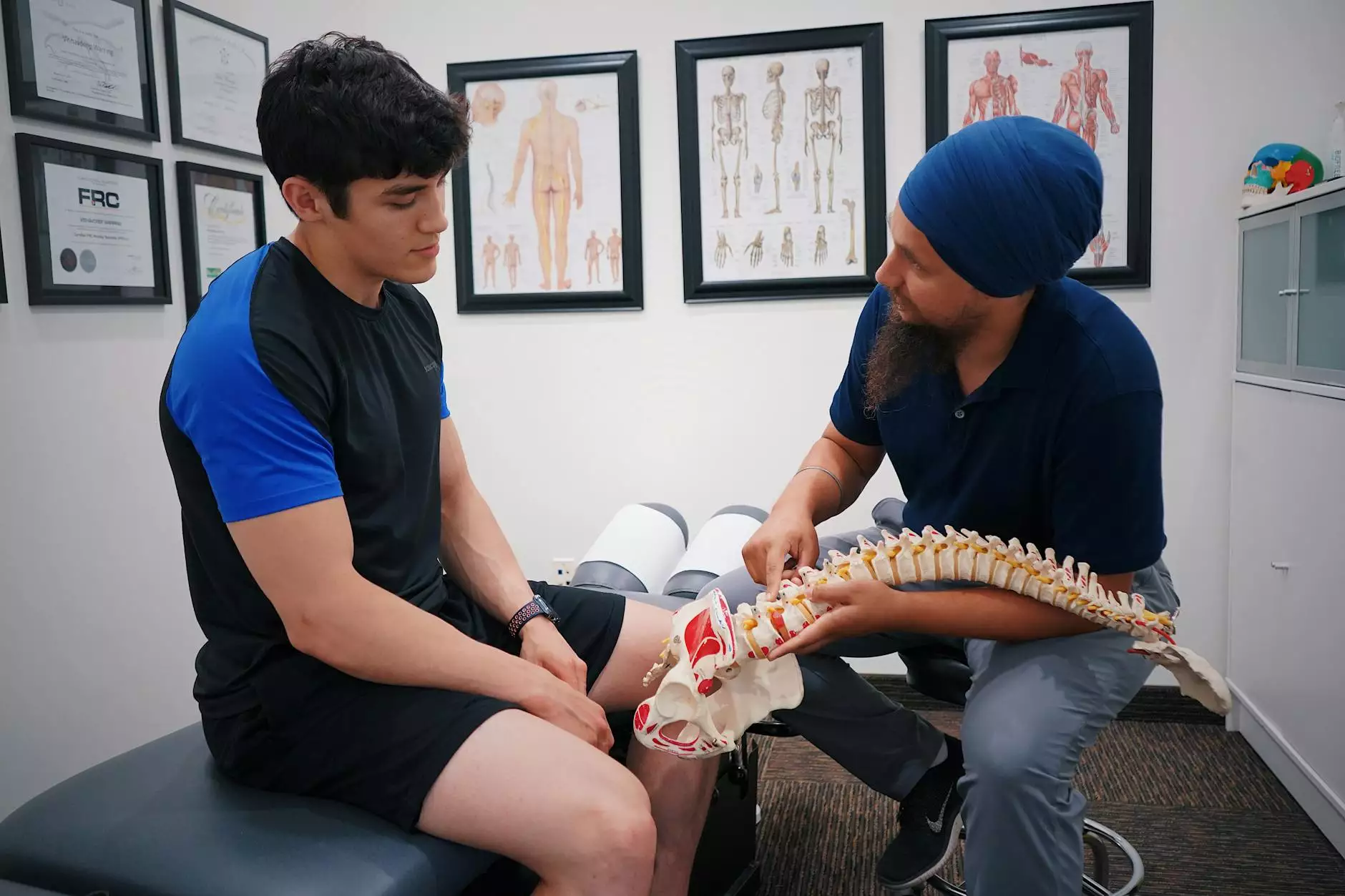Tethered Spinal Cord

What is a Tethered Spinal Cord?
A tethered spinal cord is a condition characterized by an abnormal attachment of the spinal cord to the surrounding tissues. This attachment restricts the movement of the spinal cord, causing tension and interference with its normal functions. The condition can occur in children and adults, and early diagnosis is crucial for proper management and treatment.
Symptoms and Signs
The symptoms of a tethered spinal cord can vary depending on the severity of the condition and its location along the spine. Some common signs to look out for include:
- Back pain
- Leg weakness or numbness
- Abnormal gait or walking difficulties
- Bowel or bladder dysfunction
- Scoliosis (abnormal spinal curvature)
- Orthopedic abnormalities
- Tethered cord syndrome (in more severe cases)
Diagnosis
Diagnosing a tethered spinal cord involves a combination of medical history review, physical examination, and diagnostic tests. The healthcare provider will assess the symptoms and perform a thorough neurological examination to evaluate the patient's motor and sensory functions. Imaging tests, such as MRI (Magnetic Resonance Imaging) or CT (Computed Tomography) scans, may be recommended to visualize the spinal cord and identify any structural abnormalities.
Treatment Options
The treatment approach for a tethered spinal cord may vary depending on factors such as the patient's age, symptoms, and the severity of the condition. Here are some common treatment options:
- Observation and monitoring: If the symptoms are mild or the tethering is minimal, a conservative approach of regular monitoring may be adopted.
- Surgical intervention: In cases where the symptoms are severe or worsening, surgery may be recommended to release the tension on the spinal cord. The surgical procedure aims to detether the spinal cord and restore its normal mobility.
- Physical therapy: Rehabilitation programs involving physical therapy exercises may be advised to strengthen the back and improve mobility.
- Pain management: For individuals experiencing chronic pain associated with a tethered spinal cord, pain management techniques and medications may be prescribed to alleviate discomfort.
Prevention and Care
While it may not be possible to prevent the development of a tethered spinal cord in all cases, there are some steps that can be taken to reduce the risk and provide proper care:
- Regular check-ups: Routine medical check-ups, especially for infants and children, can help in the early detection of any spinal abnormalities.
- Proper posture: Maintaining good posture while sitting, standing, and walking can help reduce strain on the back.
- Healthy lifestyle: Following a balanced diet, engaging in regular physical activity, and avoiding tobacco and excessive alcohol consumption promote overall spinal health.
- Seeking medical advice: If any symptoms or concerns arise regarding the spine or spinal cord, it is important to consult with a healthcare professional promptly for appropriate evaluation and guidance.
Conclusion
In conclusion, a tethered spinal cord is a condition that requires medical attention and appropriate management. Foley James D MD, a reputable healthcare provider, specializes in the field of health and offers expert diagnosis and treatment options for those affected by tethered spinal cords. If you or a loved one experiences any symptoms associated with a tethered spinal cord, seeking professional medical advice is crucial for accurate diagnosis and effective treatment.









